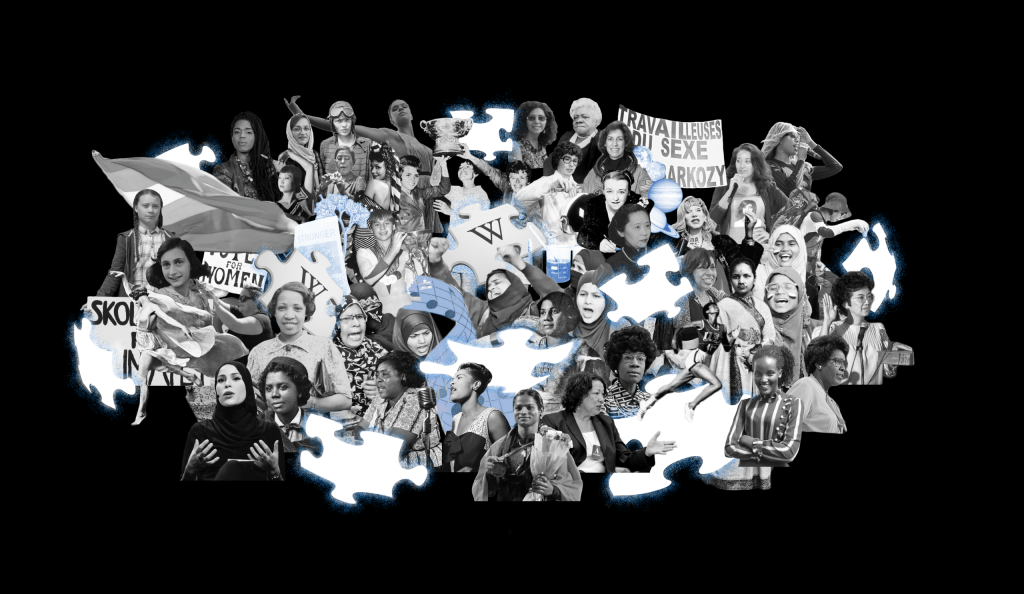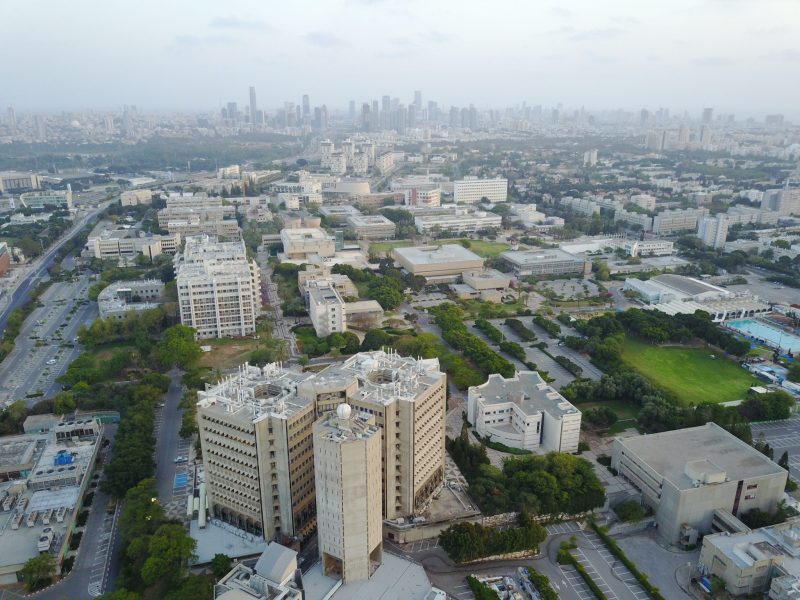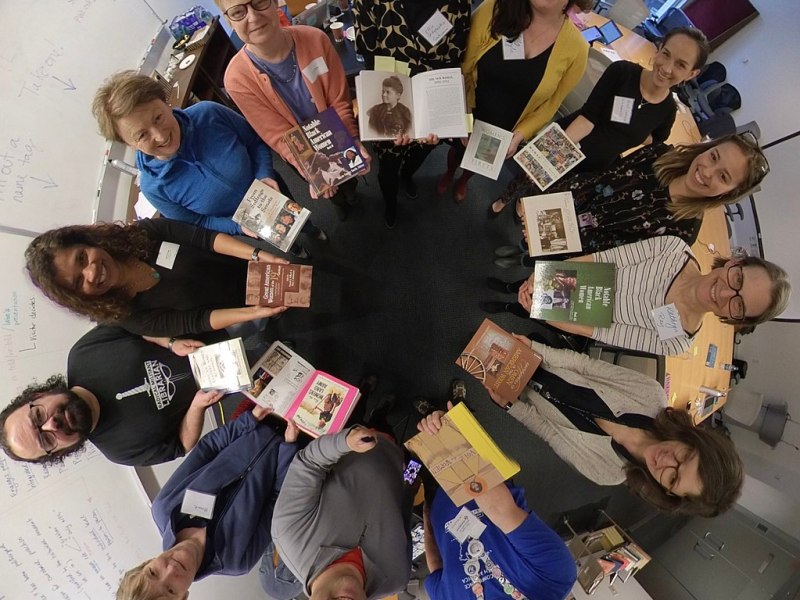Women’s History Month in March serves as a designated time to commemorate women and highlight their contributions to society. As we showcase the many women who have shaped our world, however, their struggles to be recognized and seen for their many achievements also become clear.
This is especially true in the information landscape, the universe of resources we turn to when we’re looking for knowledge. For as long as written history, women — especially Black, Indigenous, and women of color — have been left out of the record, out of historical narratives, and traditional sources of knowledge — an issue that many institutions and publications today are trying to address.
“For as long as written history, women — especially Black, Indigenous, and women of color — have been left out of the record.”
Sadly, we see this reflected when it comes to the representation and participation of women — cis, transgender, and non-binary — on Wikipedia and other Wikimedia projects. Wikipedia is powered by humans, so it is vulnerable to human biases. Currently, only 18% of the content in all Wikimedia projects, including biographies on Wikipedia, are of women. Further, only 15% of Wikimedia contributors are women.
But there is good news. In recent years, a growing number of passionate people and ongoing gender equity initiatives have been working to close the gender gap on Wikipedia and beyond.
The Wikimedia Foundation, the nonprofit that operates Wikipedia and its companion free knowledge projects, strives to create an inclusive, equitable living record of history, stories, and contexts. Project Rewrite was launched in 2021 with this exact mission in mind: calling attention to the gender bias across the information landscape, highlighting efforts underway to close these gaps, and inviting everyone to get involved — not just in March, but all year long.
“But there is good news. A growing number of passionate people and ongoing gender equity initiatives have been working to close the gender gap on Wikipedia and beyond.”
Every action counts. There are several efforts underway to join and support — from campaigns to add missing articles about women to Wikipedia, to training events for new volunteers, and more.
Are you ready to join us?
It’s easy to start with the following Project Rewrite Checklist, sharing ten ways to help close the gender gap on Wikipedia and beyond. Let us know your progress with #ProjectRewrite on social media.
The Project Rewrite Checklist
You can help to close the gender gap on Wikipedia and beyond! Looking for a place to start? Explore the Project Rewrite Checklist for ten ways to get involved. Every action counts.
- Get the facts: Did you know only 18% of the content in all Wikimedia projects, including biographies on Wikipedia, are about women? We believe one of the first steps in solving the gender gap is through understanding the problem. See the latest research and stats.
- Listen to a podcast: What causes the gender gap on Wikipedia in the first place? Tune into the “dot com” podcast to learn about some of the biggest challenges and hear from volunteers working to fix them.
- Watch a panel discussion: While the gender gap problem exists on Wikipedia, the solution requires changes outside of it. Leaders in academia, journalism, and the nonprofit sector discuss how we can work together for change.
- Read an article: Glamour interviews four amazing volunteers who are writing themselves into history. Read how they first started with editing articles on Wikipedia and how they are now making the online encyclopedia more equitable, one edit at a time.
- Create a Wikipedia account: You did your reading and you are ready to take action. So what’s next? Start by creating your Wikipedia account. To prepare for your first edit, review a guide from Art+Feminism, a non-profit focused on closing information gaps related to gender, feminism, and the arts on Wikipedia.
- Start small: Small changes can have big impacts. Many Wikipedia articles about women need small improvements, such as more information or sources. Get started by updating articles on this list from Women in Red, a project to reduce systemic bias in the Wikimedia movement.
- Tag images: Looking for something to do while taking a quick break? Take just a few seconds to go through images of women’s suffrage activists and write descriptions, captions, and tags related to what you see to increase search engine capabilities. The tool was created by Wiki in Africa to improve visual representation on the media repository Wikimedia Commons.
- Upload a photo: Photos are critical in shaping the story about women and their work on Wikipedia. Do you or your institution have freely-licensed photos of notable women? Upload them to Wikimedia Commons through the #VisibleWikiWomen campaign to add the face to the name on Wikipedia.
- Find an event: Maybe you are looking to join a community or expand your skills in editing. Whatever your goal, several events happening in March and the rest of the year welcome, guide, and support new editors.
- Join a campaign: Keep up the momentum all year long! There are dozens of campaigns, contests, and groups you can join to make a difference. Whether it is by adding missing references, uploading photographs, or creating new biographies on overlooked women, you can impact the information people around the world use on a daily basis.
Visit the Project Rewrite page to learn more.
Barbara Kandek is a Communications Associate at the Wikimedia Foundation.




